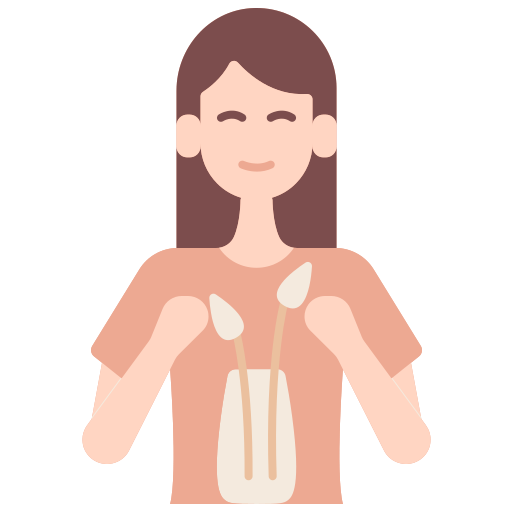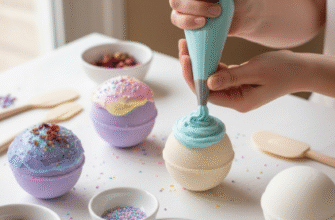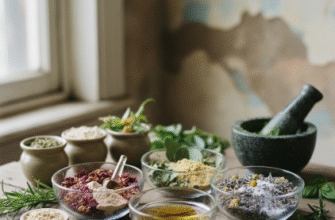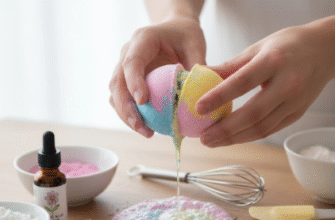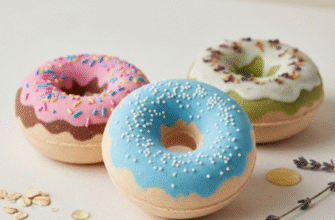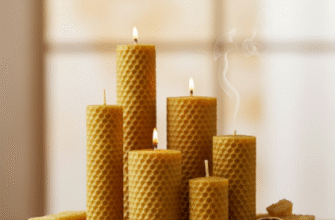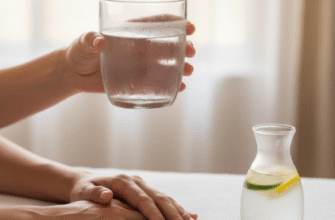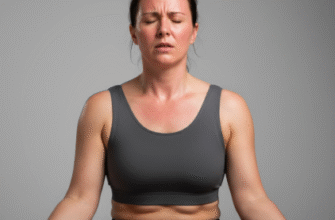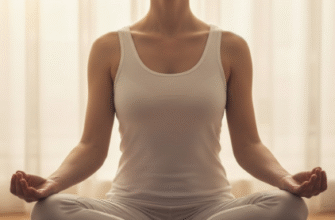Oh, those aching legs and feet! Whether you have spent all day standing, walking miles, sitting at a desk, or recovering from a workout, that heavy, tired feeling is all too familiar. It drags you down, makes even simple movements feel like a chore, and begs for relief. The good news? You do not need an expensive spa appointment or a willing partner every time. You have the power to soothe those weary limbs right in your own hands – literally. Self-massage is a wonderfully accessible and effective way to ease tension, improve circulation, and bring some much-needed comfort back to your lower body.
Taking just ten to fifteen minutes can make a world of difference. It is about more than just rubbing; it is about connecting with your body, paying attention to where the tightness lies, and intentionally working to release it. Think of it as a mini-retreat for your hardest-working parts. Let us explore some simple yet effective techniques you can use right now to give your tired legs and feet the attention they deserve.
Setting the Stage for Relaxation
Before you dive in, take a moment to create a calming environment. This is not strictly necessary, but it enhances the experience significantly. Dim the lights slightly, perhaps put on some gentle music you enjoy. Find a comfortable place to sit where you can easily reach your feet and legs – the edge of your bed, a comfy chair, or even on a soft rug on the floor. Having a towel handy is useful, especially if you plan to use oil or lotion.
Consider using a massage oil or a favourite lotion. This is not just about smelling nice; it reduces friction, allowing your hands to glide smoothly over the skin and preventing uncomfortable pulling. Coconut oil, almond oil, or even a simple body lotion work well. Warm a small amount in your hands before applying it – the warmth itself is instantly soothing. Apply it generously from your feet all the way up your calves, maybe even your thighs if they are feeling the strain too.
Focusing on the Feet: Your Foundation
Our feet bear our entire weight, day in and day out. They are complex structures packed with muscles, bones, and nerve endings, and they often hold a surprising amount of tension. Giving them focused attention can send waves of relief throughout your entire body.
Warming Up the Feet
Start by simply cradling one foot in your hands. Gently rub the top and bottom of the foot with your palms, using long, smooth strokes from the toes towards the ankle. This warms up the tissues and starts the relaxation process. Then, gently grasp your ankle with one hand and your toes with the other. Slowly rotate your foot clockwise a few times, then counter-clockwise. Repeat this ankle rotation on the other foot.
Working the Soles
The soles, especially the arches, often carry the most stress. Use your thumbs to apply firm pressure, moving slowly across the entire sole. You can make small circles or press and hold on particularly tight spots (often found in the arch or near the ball of the foot). Do not be afraid to use firm pressure here, but always listen to your body – it should feel like a ‘good hurt’, not sharp pain.
Another effective technique is using your knuckles. Make a fist and use the flat part of your knuckles to glide firmly up and down the sole, from heel to toes and back. Pay extra attention to the arch area. Imagine you are trying to smooth out any knots or tightness you feel under the skin.
Attending to the Toes and Heel
Do not forget your toes! Gently pull each toe one by one, giving it a slight wiggle. Then, use your thumb and forefinger to make small circles around the base of each toe and along its length. For the heel, use the heel of your other hand or your knuckles to knead the fleshy part in circular motions. This area can get quite tough and tight.
Verified Tip: Using a tennis ball or a specialized massage ball can be incredibly effective for foot relief. Simply place the ball on the floor and roll your foot over it while seated. Apply as much pressure as feels comfortable, focusing on the arch and heel. This allows you to target specific points with consistent pressure.
Moving Up: Calming the Calves
Tired feet often mean tired calves. These muscles work hard with every step, helping to propel you forward and absorb shock. Massaging them can alleviate that deep ache and feeling of heaviness.
Long Strokes for Circulation
Begin with long, gliding strokes, known as effleurage. Using both palms, stroke upwards from your ankle towards your knee. Always move in the direction of your heart to encourage blood flow back up the leg. Repeat this several times, applying gentle but firm pressure. This warms the muscle and prepares it for deeper work.
Kneading Away Tension
Now, use a kneading motion, like kneading dough. Grasp the calf muscle with one or both hands, gently squeezing and lifting the muscle tissue. Work your way up and down the length of the calf muscle, focusing on the fleshy middle part. Adjust your pressure based on how it feels. If you find a particularly tight spot, you can linger there, applying gentle, sustained pressure with your thumbs or fingertips.
Shin Awareness
The muscles along the shinbone can also get tight, especially if you do a lot of walking or running. Be gentle here, as there is less muscle padding. Use your thumbs to apply moderate pressure along the muscle running parallel to the shinbone (tibia). Stroke downwards or make small circles. Avoid pressing directly onto the bone itself.
Addressing the Thighs: Powerhouse Relief
Your thighs house some of the largest muscles in your body – the quadriceps at the front and the hamstrings at the back. They can hold significant tension, especially after exercise or prolonged sitting.
Warming the Upper Legs
Similar to the calves, start with long, upward strokes using your palms. Apply lotion or oil if needed. Stroke firmly from just above the knee all the way up to the hip, covering the front, back, and sides of the thigh. Repeat this several times to warm the area.
Deeper Work for Quads and Hamstrings
For the quadriceps (front of the thigh), you can use kneading techniques, similar to the calf massage but using more pressure due to the larger muscle mass. You can also use your forearm for broader, deeper pressure, gliding slowly up the muscle. For the hamstrings (back of the thigh), it might be easier to reach if you prop your foot up on a stool or chair. Use kneading motions or make fists and use your knuckles to firmly massage the muscles from the back of the knee towards your glutes.
Circular friction can also be beneficial. Use your fingertips or knuckles to make small, deep circles over tight areas in the thighs. This helps to break up adhesions and release deeper tension.
Important Note: Always massage towards the heart when working on legs – so, upwards from ankle to knee, and from knee to hip. Avoid massaging directly over varicose veins with deep pressure. If you experience sharp, sudden pain, stop immediately. This self-massage is for general comfort, not to treat injuries or medical conditions.
Finishing Touches and Frequency
Once you have worked through your feet, calves, and perhaps thighs, finish with some gentle, long strokes over the entire leg, again moving upwards towards the heart. This helps to soothe the areas you have worked on and promotes an overall sense of relaxation.
Consider elevating your legs for a few minutes afterwards. Lie down and prop your feet up on some pillows or against a wall. This uses gravity to help drain excess fluid and further reduce feelings of heaviness and fatigue.
How often should you do this? Listen to your body! A quick 5-10 minute foot and calf massage can be done daily, especially after a long day. A more thorough leg massage might be something you do 2-3 times a week or whenever you feel particularly sore or tired. Consistency can bring cumulative benefits, helping to keep tension from building up excessively.
Self-massage is a journey of discovery. Pay attention to what feels good, where your tension spots are, and what techniques bring the most relief. It is a simple, free, and empowering way to take care of yourself and provide instant comfort to your hard-working legs and feet. So go ahead, give them the TLC they deserve – you will feel the difference immediately.
